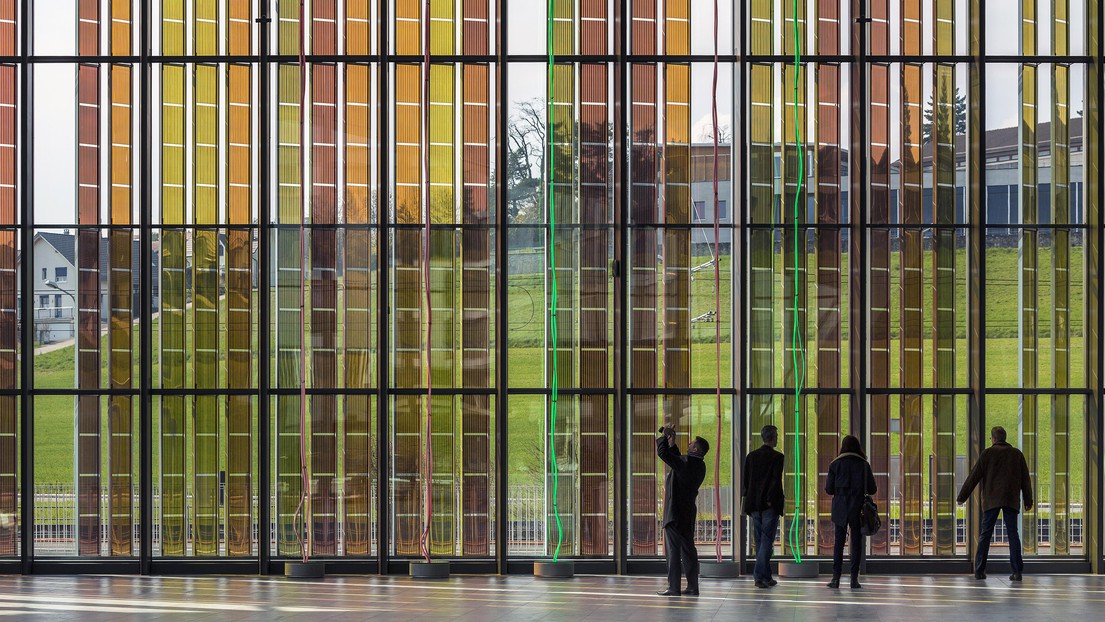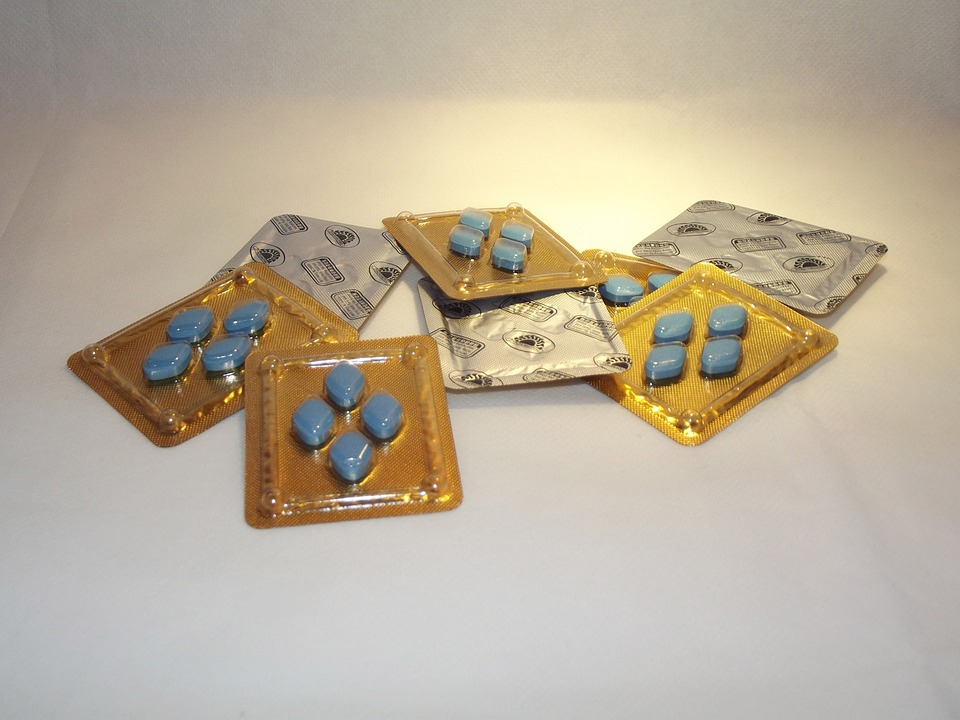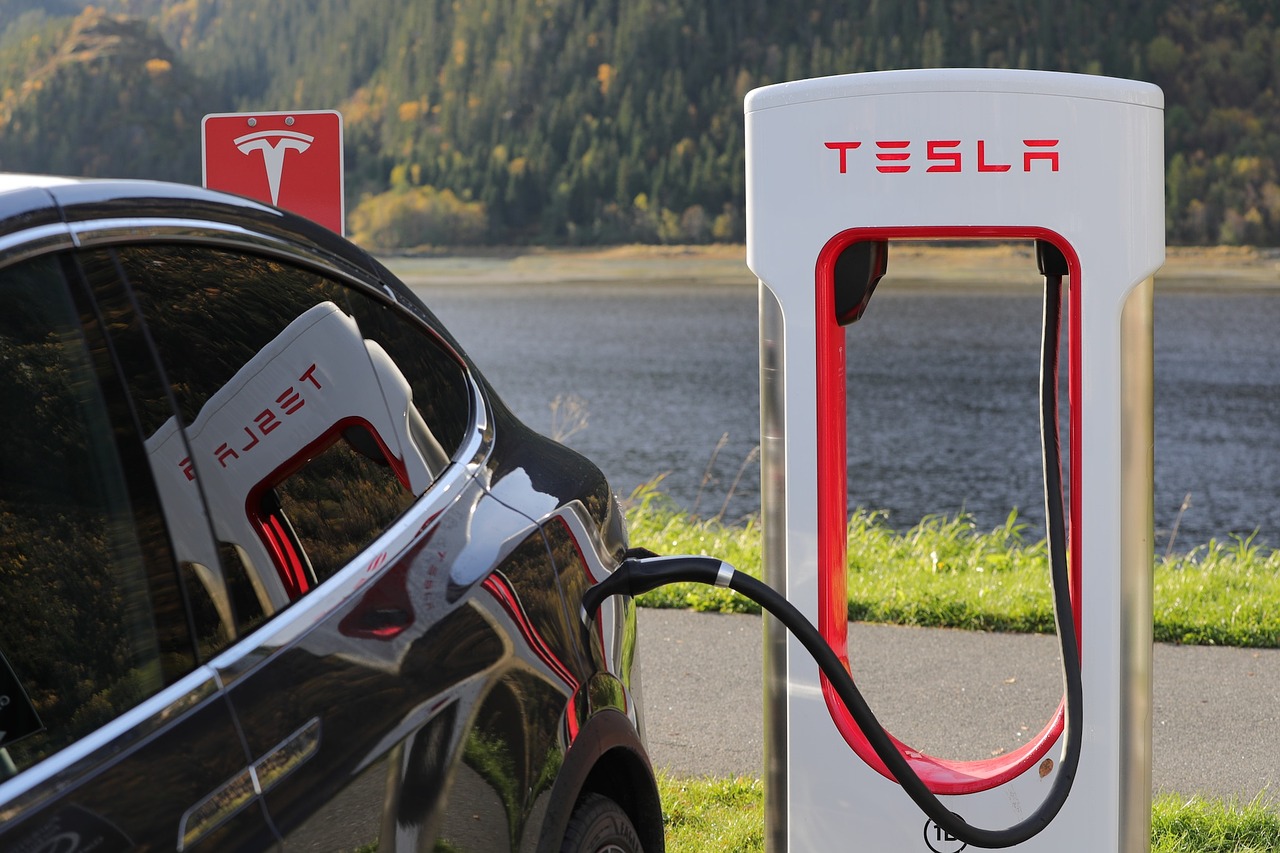In a big breakthrough, researchers from École Polytechnique Fédérale de Lausanne in Switzerland have achieved a new efficiency record for dye-sensitized solar cells (DSCs). Researchers foresee that this development going to open up new commercial possibilities for transparent solar panels.
We may soon be converting windows into transparent solar panels to keep electricity flowing through towns and cities. The windows, glass facades, and screens of our portable electronic devices will also work as energy-generating devices.
Dye-sensitized solar cells (DSCs)
DSCs are low-cost, thin-film solar cells that convert light into electricity through photosensitizers. Photosensitized dye attached to the surface of solar cells can produce electricity once it’s sensitized by light.
“The dye catches photons of incoming light (sunlight and ambient artificial light) and uses their energy to excite electrons, behaving like chlorophyll in photosynthesis,” according to the GCell website.
In this study, researchers developed special photosensitizer dye molecules that can harvest light from the whole visible light spectrum.
Study authors explained, “Our findings pave the way for facile access to high-performance DSCs and offer promising prospects for applications as power supply and battery replacement for low-power electronic devices that use ambient light as their energy source.”







